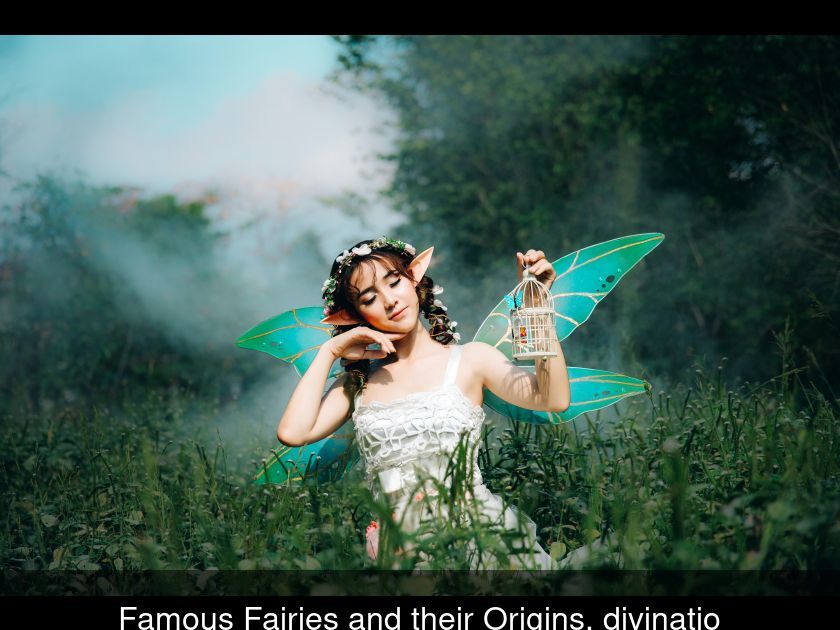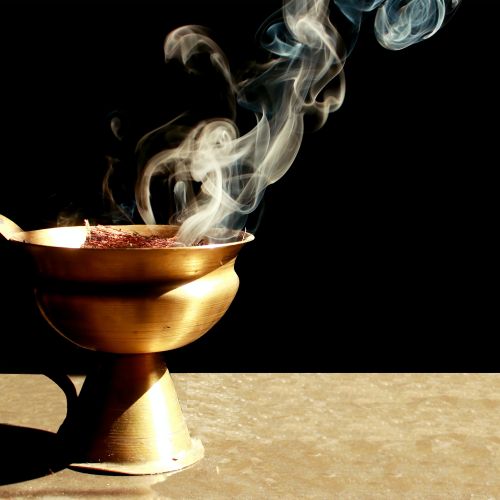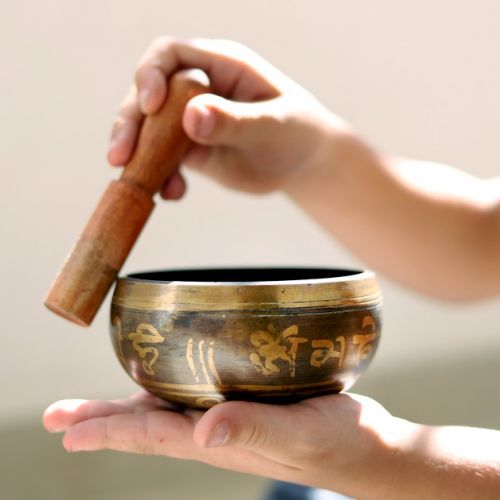Famous Fairies And Their Origins.
Whether they are good or bad, small or large, beautiful or ugly, fairies have populated our tales, stories, and legends for a long time. Here is a small selection of the most famous fairies and their origins.
The Godmother
Cinderella's Fairy Godmother. The poor thing, she doesn't have a name. However, she is very famous because without her, there would be no dress, no carriage, and no ball with Prince Charming for Cinderella. The story of Cinderella, also known as The Glass Slipper, comes from the oral tradition but was written and published by Charles Perrault in 1697.
Tinker Bell
She is one of the main characters in Peter Pan, a story invented by Sir James Matthew Barrie and first published in 1911. She is a very little girl, the size of a hand, with wings, dressed in a leaf, who has as good a heart as she has a bad temper. She accompanies Wendy and Peter Pan on their adventures.
The Tooth Fairy
In France, we often talk about the little mouse, but in Anglo-Saxon and Germanic countries it would be the tooth fairy. This little creature would come to collect children's fallen teeth under their pillows and exchange them for a coin or a treat.
Titania
According to William Shakespeare's play "A Midsummer Night's Dream", published for the first time in 1600, it is about the Queen of the fairies and the wife of Oberon. Puck, her husband's servant, casts a spell on her so that she falls in love with the first person she sees upon waking up, and fate makes her encounter the poor Nick Bottom with a donkey's head.
Morgan le Fay
Sometimes also referred to as a witch, the fairy Morgana is present in the story of Merlin the Enchanter and King Arthur, she would be the half-sister of the king. She would have learned to manipulate plants.
The fairy Melusine
Melusine is sometimes described as a nymph or a sorceress. Her existence dates back to the Middle Ages. Legend says that she was a beautiful woman up to her waist, but had an ugly serpent tail. The legend also says that she once agreed to marry on the condition that her husband never saw her naked. He agreed, but couldn't resist and when he tried to see her in the bath, she vanished.
The fairy Carabosse
She is present in many tales, the most famous of which are those of Charles Perrault, published in 1697 in "Les Contes de ma mère l'Oye", and those of the Grimm brothers, published in 1812. She is a thin, hunched, hunchbacked, ugly and mean character, covered with a cape and using a cane. In Sleeping Beauty, she casts a sleeping spell on her for not being invited to her baptism. She represents the archetype of the evil fairy.
Fairy godmothers: Flora, Daisy, and Periwinkle
The three fairy godmothers of Sleeping Beauty, pretty, kind, little fairies who bless Sleeping Beauty during her baptism and protect her throughout her story.
The good fairy of the south
Glinda, her first name, is part of the story of the Wizard of Oz invented by Frank Baum in 1900. She is said to be the strongest of the four. Sometimes she is said to be a good witch, sometimes a good fairy, in later versions the author even sometimes used the term "enchantresses" to clearly distinguish them from the always called witches.
The Blue Fairy
This is the fairy from Pinocchio, invented by Italian journalist Carlo Collodi in 1881. She can grant wishes when one prays to the right star, she represents a bit of Pinocchio's maternal figure, otherwise absent from the work.
The Green Fairy (absinthe)
Absinthe is an extremely strong alcohol with 75% alcohol content, obtained through the maceration and distillation of herbs and plants. It was banned in France in 1915 because it causes hallucinations, mainly due to a specific molecule it contains: Thujone. This drink was highly prized by artists who called it the green muse or the green fairy for its hallucinogenic and, according to them, very inspiring virtues.



